Baby Ground Squirrels Endemic to Anatolia – Hakan Gür (2020)
They indeed are Meerkat look-alikes. But no they are not Meerkats. Locally they are known as “Gelengi”. Scientifically, they are the Anatolian ground squirrels (Spermophilus xanthophrymnus). In this short observation you can see 5 juveniles that are reported to be approximately 5-6 weeks old hanging out in their nest entrance. A Turkish research team lead by Dr. Hakan Gür who studies their population dynamics recorded the observation on May 8th 2020 near Ankara. Female ground squirrels mate soon after they […]

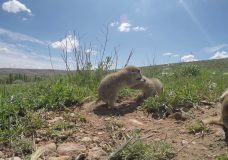
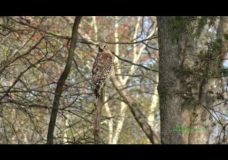
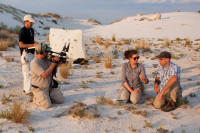
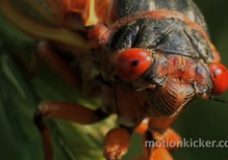
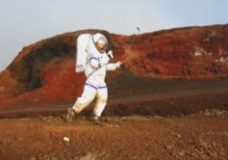
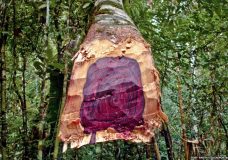
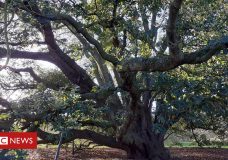
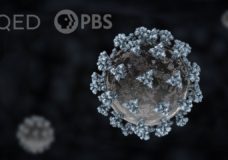

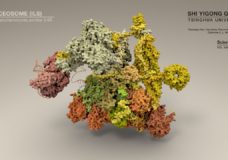
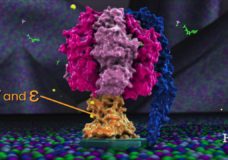


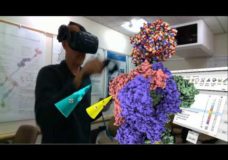
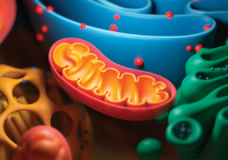

Recent Comments